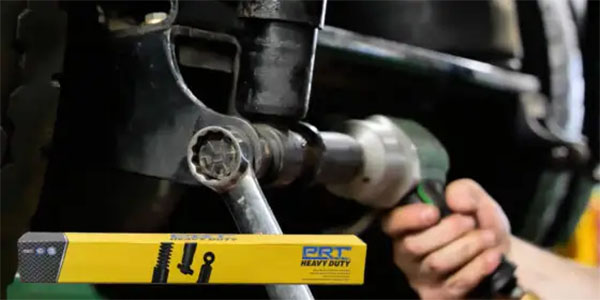Certain vehicle manufacturers can’t seem to make up their minds about whether to use standard or metric threads on their oil filter mounting adapters. What happens if you choose incorrectly? Let’s just say it’ll be a bad day in the bay.
Certain manufacturers – I’m looking at you, Chrysler and Mitsubishi – list oil filter applications that use either a metric 20 mm or a standard 3/4-16 threaded filter mounting adapter.
It’s critical that the oil filter adapter size is verified before selecting and installing a replacement oil filter. Using a metric threaded filter on a standard threaded mounting adapter will result in loss of oil and possible engine damage.
What’s the difference between a 20 mm and a ¾-inch fitting? About this much – but that’s plenty.
To ensure you select the correct replacement filter, first determine which filter is on the vehicle. If you’re not certain, here’s an easy way to check. Take a high quality and, above all, accurate ¾-inch open end wrench and follow these simple steps.
First, drain the oil and remove the existing filter.
Next, try to slip the open end of the ¾-inch wrench over eh the adapter threads. If the wrench fits around the threads, the vehicle is equipped with the standard 3/4-16 filter adapter.
If the wrench doesn’t fit over the threads your vehicle is equipped with a metric 20 mm filter adapter.
Simple, easy, effective – and knowing the right size rests with you. Once you’ve determined which it is, writing the size on the filter housing with a permanent marker will make the whole process simple next oil change.
This video is sponsored by FRAM.













